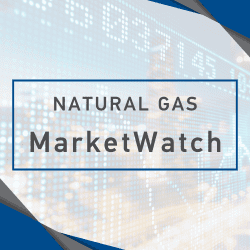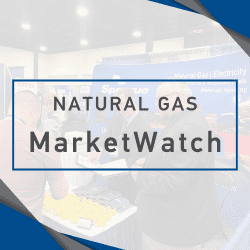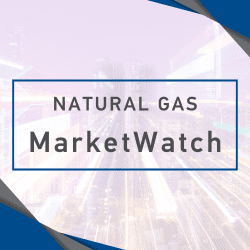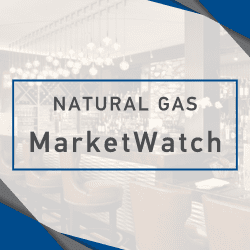Recap: The oil market on Tuesday remained supported by the U.S.-China agreement to cut tariffs for at least 90 days. While the market rallied about 4% on Monday, the market on Tuesday initially remained cautious over whether the pause in the U.S.-China trade war will lead to a longer-term deal. However, the crude market found some support from a better than expected inflation report and news that the White House announced Saudi Arabia’s plans to invest $600 million in the U.S. amid President Donald Trump’s visit to Saudi Arabia. The crude market, which posted a low of $62.90 in overnight trading, rebounded and retraced its previous losses. It was supported by the CPI report, which showed that U.S. inflation in April was 2.3%, the smallest year over year gain in four years. Leading Wall Street firms have to cut forecasts for a U.S. recession in the coming months. The market posted a high of $63.88 in afternoon trading. The June WTI contract traded in a sideways trading range ahead of the close and settled up $1.72 at $63.67. The July Brent contract settled up $1.67 at $66.63. The product markets were higher, with the heating oil market settling up 6.02 cents at $2.1713 and the RB market settling up 3.29 cents at $2.1660.
Technical Analysis: The crude market on Wednesday will likely retrace some of its gains before it continues to trend higher. The market will remain supported by the U.S.-China trade agreement to temporarily cut tariffs, which has prompted a scaling back of U.S. recession forecasts and a positive economic report showing a lower than expected increase in consumer prices in April. It will also remain supported by the expected draws in crude stocks. The oil market is seen finding resistance at $63.90, $64.87, $65.29 and $66.41. Meanwhile, support is seen at $61.65, $61.02 $59.89, $58.34 and $57.74.
Fundamental News: U.S. President Donald Trump said that Iran is the most destructive force in the Middle East, contrasting Iran’s action with what he described as positive developments on the Arabian Peninsula.
Earlier, the State Department said the U.S. imposed sanctions on a shipping network it says has sent millions of barrels of Iranian oil to China, days after Iran and U.S. negotiators concluded a fourth round of nuclear talks in Oman. It said the network facilitated the shipment of oil worth billions of dollars to China on behalf of Iran’s Armed Forces General Staff and its front company, Sepehr Energy.
The top aide to Ukraine’s President Volodymyr Zelenskiy, said the Ukrainian President will only attend talks if Russia’s Vladimir Putin is also there for talks to end Russia’s war in Ukraine. Ukrainian President Volodymyr Zelenskiy said he wanted to negotiate an unconditional 30-day ceasefire face-to-face with Russia’s President Vladimir Putin at this week’s talks in Istanbul because only the Russian leader could enact such a pause.
S&P Global Commodity Insights reported that according to its latest OPEC+ survey, Saudi Arabia pumped 8.95 million b/d in April.
Goldman Sachs estimates around $3-$4/barrel of upside risk to its Brent and WTI oil price forecast of $60/barrel and $56/barrel, respectively for the rest of 2025 and $56/barrel and $52/barrel respectively in 2026 due to the recent trade de-escalation.
Saudi Arabia’s crude oil supply to China will hold steady in June after reaching the highest level in more than a year in the previous month, following OPEC+ decision to increase output. Saudi Aramco will ship about 48 million barrels to China in June, the same as in May, which was the highest amount since at least 2024.
Early Market Call – as of 8:35 AM EDT
WTI – Jun $63, down 63 cents
RBOB – Jun $2.1542, down 1.26 cents
HO – Jun $2.1660, down 1.32 cents










